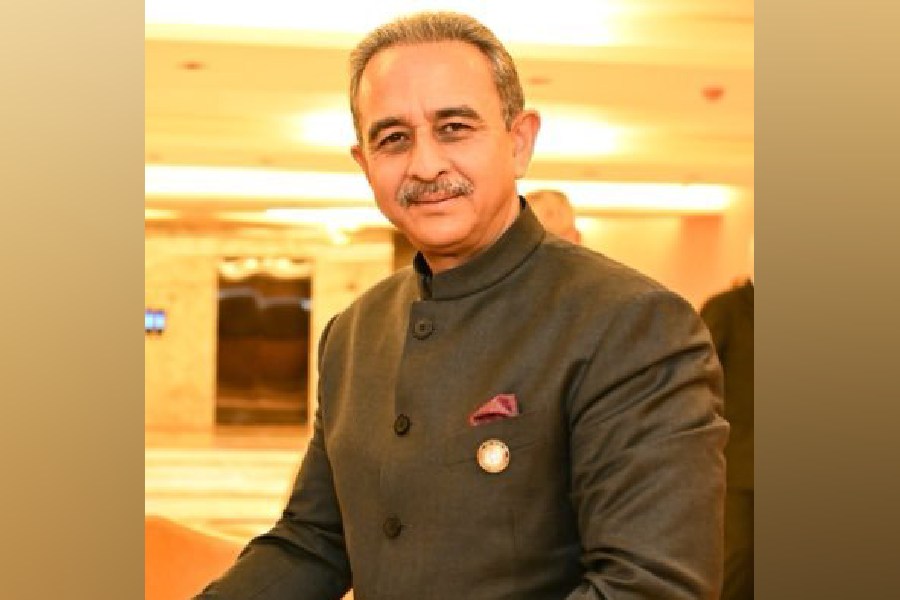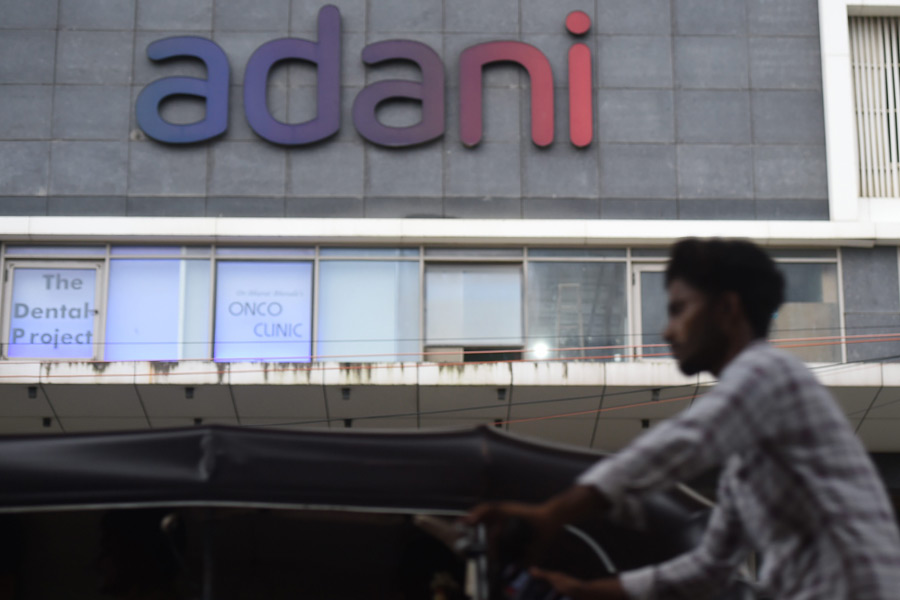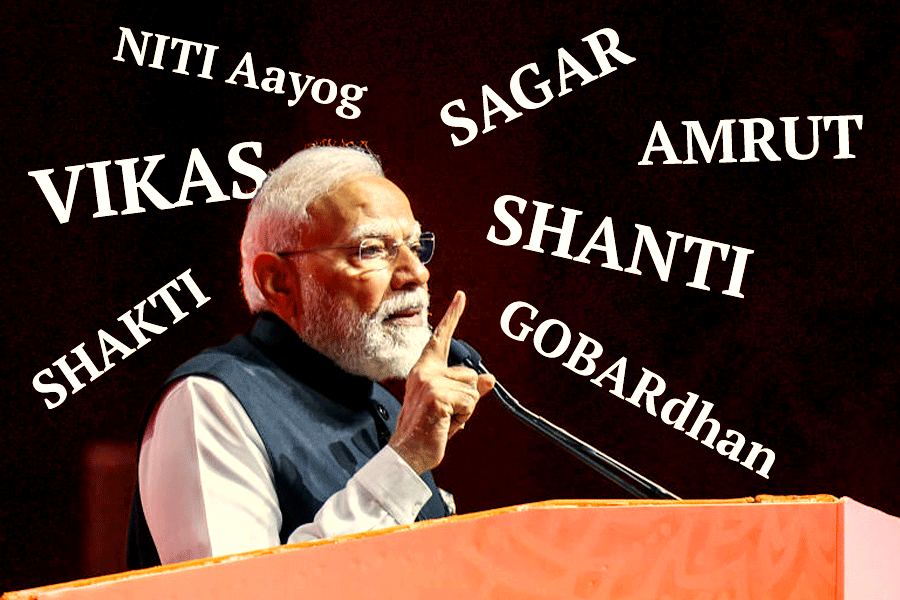 |
New Delhi, Nov. 20: Executives of central public sector units have been given pay hikes of 25 to 45 per cent in the middle of Assembly elections.
The raise benefiting over 3.7 lakh executives will be implemented with retrospective effect from January 1, 2007.
Heads of central enterprises like SAIL and ONGC will see their basic salary go up from Rs 31,500 to Rs 1.25 lakh a month. The new package also offers employees’ stock options (Esops), variable pay and risk rewards.
The implementation will be linked to the performance of each PSU.
“This is the best-ever package given by any central government to the executives. The entire exercise was based on the premise that the existing disparity between the salaries in the private sector and the PSUs should be minimised as far as practicable,” said Santosh Mohan Dev, the Union minister for public enterprises.
Although the basic salary has gone up by an average 67 per cent, the increase in average gross emoluments ranges between 25 and 45 per cent because of adjustments with existing allowances. The gross pay increase is comparable with the package offered to central government employees earlier this year.
The PSU executives’ salary is being revised after a gap of 10 years. The wages of workers are revised by each PSU separately through negotiations with labour organisations.
Analysts said compared with blue-chip private sector salaries, the PSU pay was not much to write home about. “The difference in pay scale is higher at the top level, compared to the private sector, than at the lower level,” Sushma Errevelles of Talisman Management Services said.
However, given that several private companies are planning to tighten belts to cope with a feared downturn, the “safer” PSU jobs are now considered lucrative enough.
Besides, the “perks paid by the two sectors cannot really be compared as many PSU perks are intangible such as security of service. But the money value of perks in the private sector is far higher,” the management consultant said.
“The hike will help stop the many crossovers we were witnessing to the private sector. Salaries of CMDs (chairmen and managing directors) were as low as Rs 30,000 to Rs 40,000 per month, while even consultants in the private sector were getting Rs 1 lakh a day as fee,” said V.S. Jain, a member of the Public Enterprise Selection Board and a former chairman of SAIL.
The extra cash that will go into the pockets of PSU executives is expected to spur demand for consumer durables, automobiles and flats in the many townships spread across the country at a time industry is complaining of flagging sales.
The PSUs, which had been bracketed in five categories earlier, have now been reclassified into four — A, B, C and non-profit making or D.
The heads and directors of B and C firms get salaries equal to that of director, executive directors and general managers of the A list. For the rest, the pay scale will be the same. D-category PSUs will get a minimum salary hike but not a full revision till they are able to post profits.
The salary hikes — expected to cost Rs 9,000 crore a year — will be paid by the PSUs but the government underwrites the pay of loss-making units.
However, not everyone is happy, and at least one union has revived a strike threat.
Oil Sector Officers’ Association president Amit Kumar said: “The effective pay hike is only about 20 to 25 per cent. The government has not considered much of the demands of the profit-making oil companies. We had earlier deferred an indefinite strike. But we plan to go on strike from December 4.”
A cabinet meeting, chaired by the Prime Minister, approved the new scales for the 216 operational central PSUs, of which 151 are making profits.










